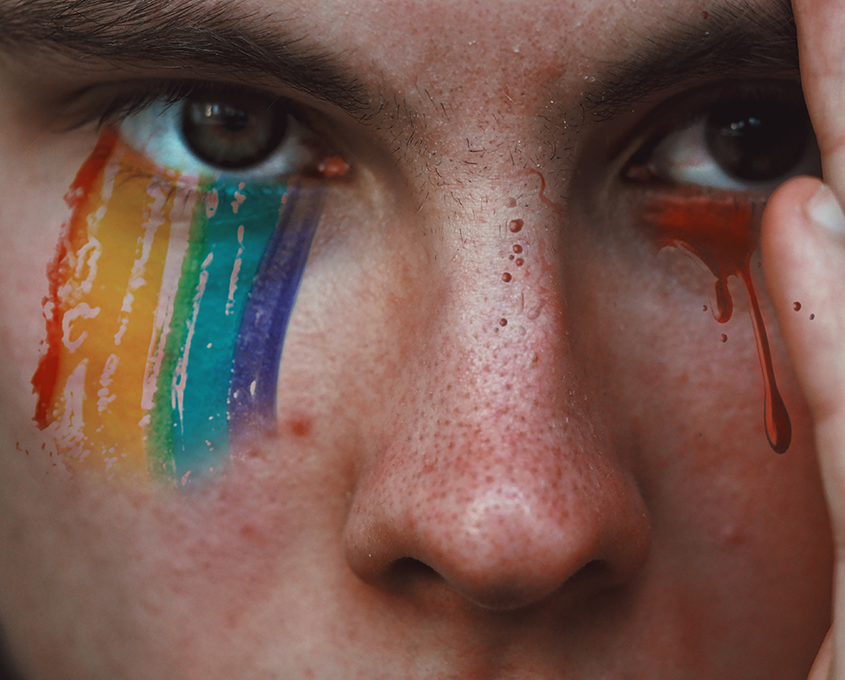That’s Gay, That’s Okay!

Gay, Trans, Lesbian, Bi, Queer. For typical Filipinos, who have not yet been exposed to discourses on sociology and gender, these terms are never stated or even pondered without misconceptions and prejudices associated with them. Gays, or queers in general, are not considered to be normal, either in reality or perception.
Any gay person will tell you about the numerous times when the term “gay” has been used as a slur or in a way that is offensive and dehumanizing. The same is true for lesbians, bisexuals, and transgender individuals.

The reality is that since the Spanish colonization, our society has always been heteronormative, a concept or idea that is actually a reductionist one. Heteronormativity makes the underlying assumption that there can only be binary genders and these are accepted as legitimate and are systematically normalized.
When something is systemic, it is tightly woven into all facets of our society, including our language, the media, our policies, belief systems, and our education. Although in 2020, significant progress was made in the fight to retire heteronormativity due to the inclusion of the queer community and same-sex romance in mainstream entertainment, thanks to Thai’s buzz-sparking and heart-capturing Boys Love series.

Heteronormativity brings about homophobia or, strictly, the disgust felt and prejudice against gay people. The same feeling is felt towards all members of the queer community and this is merely and solely because of their non-heterosexual cisgender identity.
For a long time, Pride Month has been observed annually. Despite this, many people have not had the chance or even the interest to study the most important pieces of reality about gender or sexuality. Below are things one should always take with us:

Gender is a spectrum
The reality about gender is that it is a spectrum and it is different from sex characteristics which can be verified objectively. One can be assigned male at birth but may also be drawn to that sex later in life.

SOGIESC is for everyone
SOGIESC is a set of characteristics that is present to all human beings. It comprises of terms that are coined to describe and symbolize our diverse identities and feelings, things that also heterosexual or straight people basically have.

Labels are necessary
Some could contend that since love has no gender, we should do away with labels. However, labels help people identify and make sense of who they are. For a long time, gender is widely categorized as men and women that are attracted only to the opposite sex, but many people do not feel this way, and labels are what help them feel normal, valid, and human.

Don’t assume other’s sexuality
We study SOGIE to better understand ourselves, not to categorize and assess others. We can only be conscious of our own gender or sexuality and be accepting of the possibility that other individuals, including our family members, may not identify in the same way. People may feel uncomfortable and disrespected when we insist that they reveal who they are or claim the identities that we believe they are.

Because SOGIESC is a complicated subject, the information above might be divided into even more complicated subjects. But learning takes more than one sitting. It may take years to learn research-based knowledge and unlearn the misconceptions and prejudices that have become ingrained in our perspective and behavior, but the willingness to do so is what counts most.
One thing to keep in mind is that, in addition to allowing ourselves to be who we are and accepting that, we should also be accepting of and kind to those whose genders may differ from what is currently considered to be normal. Slurs and prejudice shouldn’t be associated with the terms gay, lesbian, transgender, bi, and queer because being a part of the LGBTQ+ community is okay and is something to be proud of.